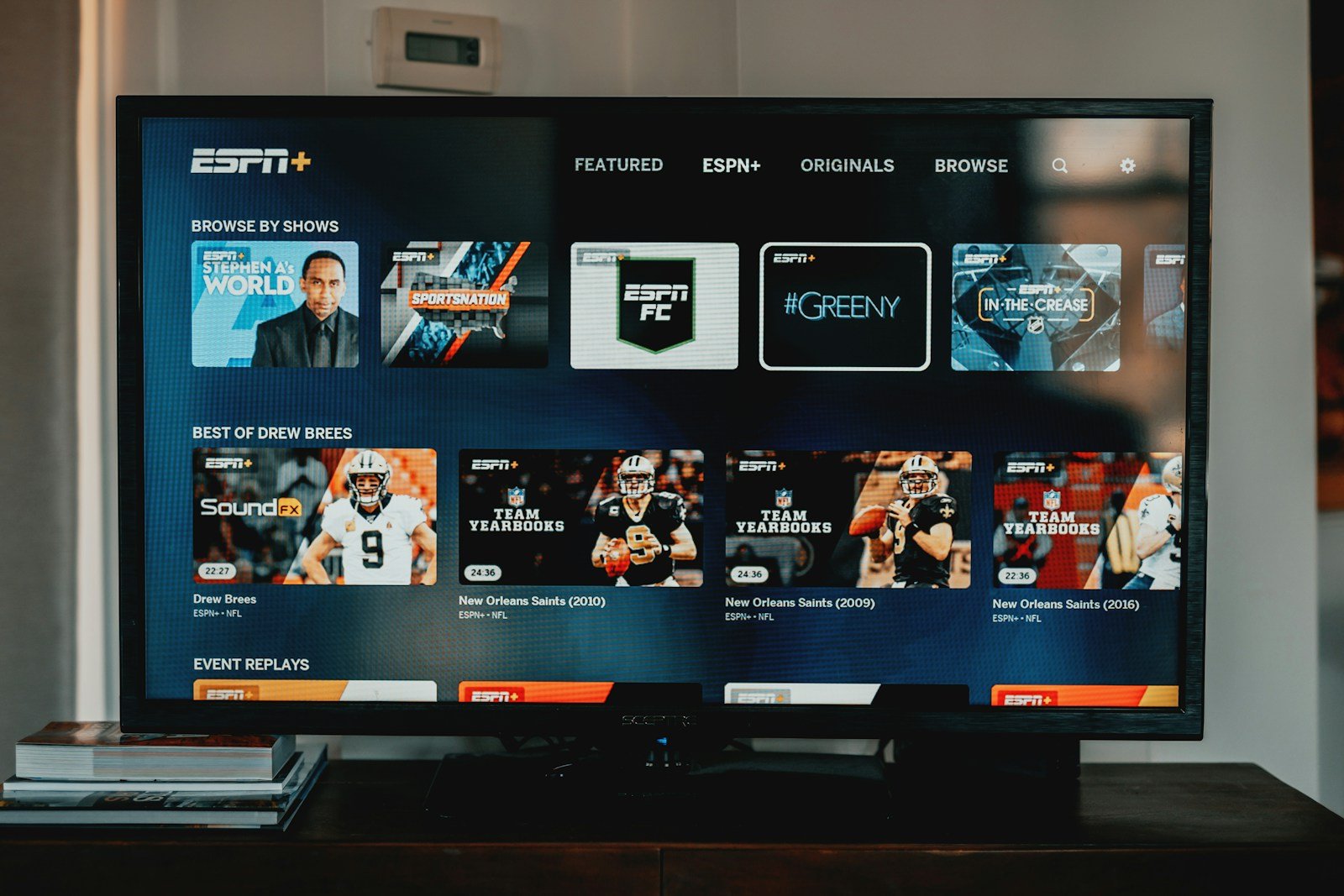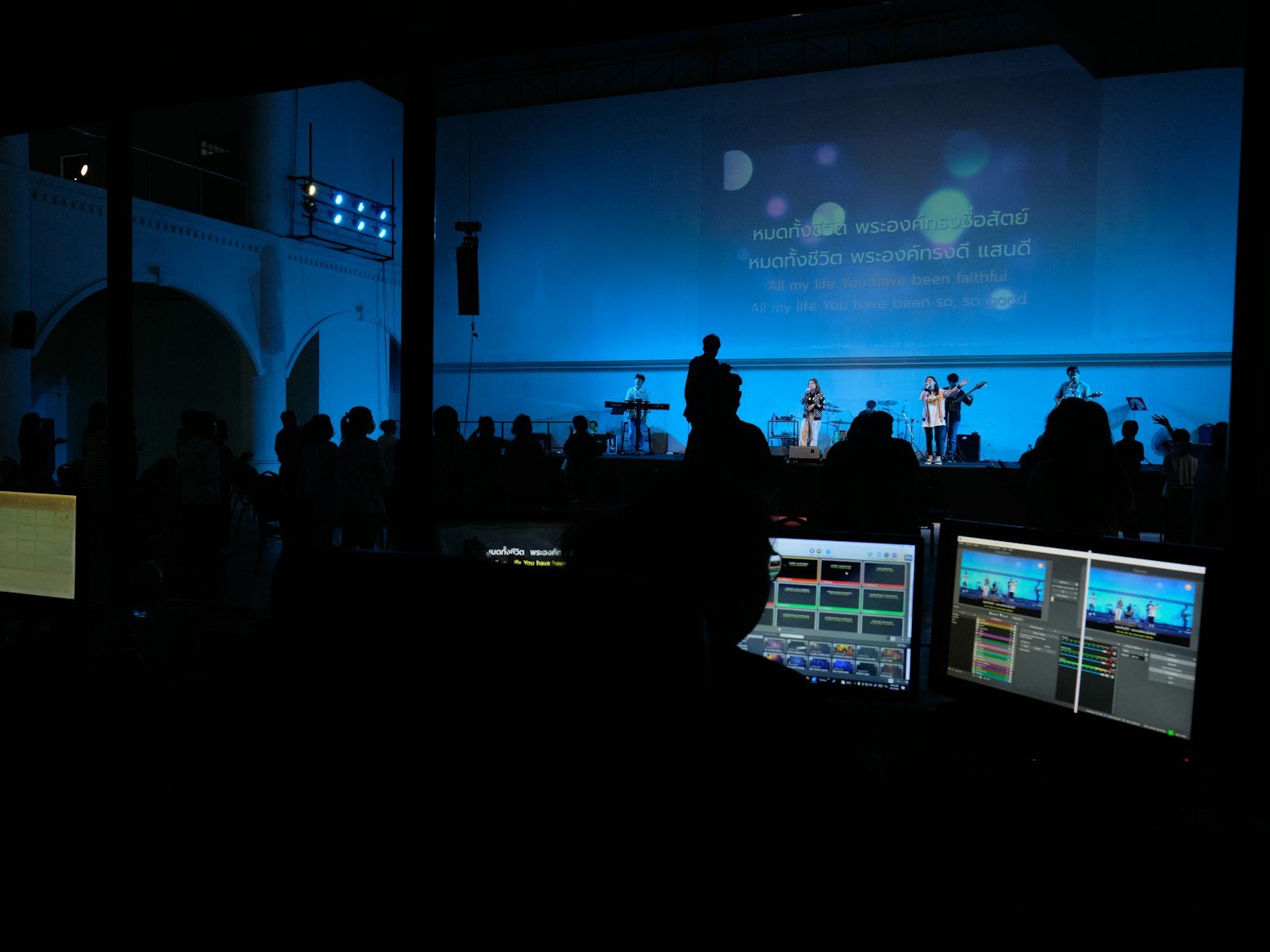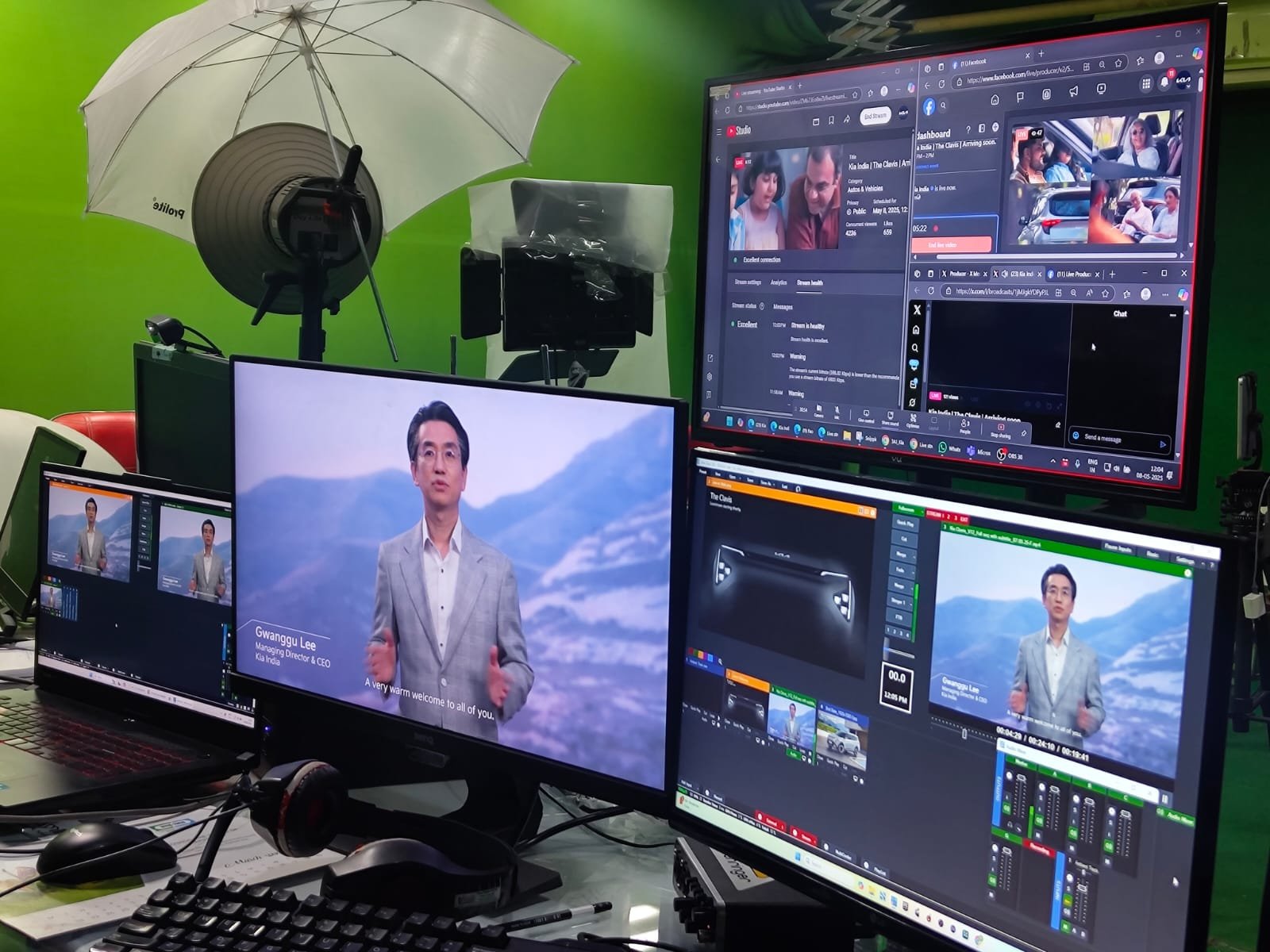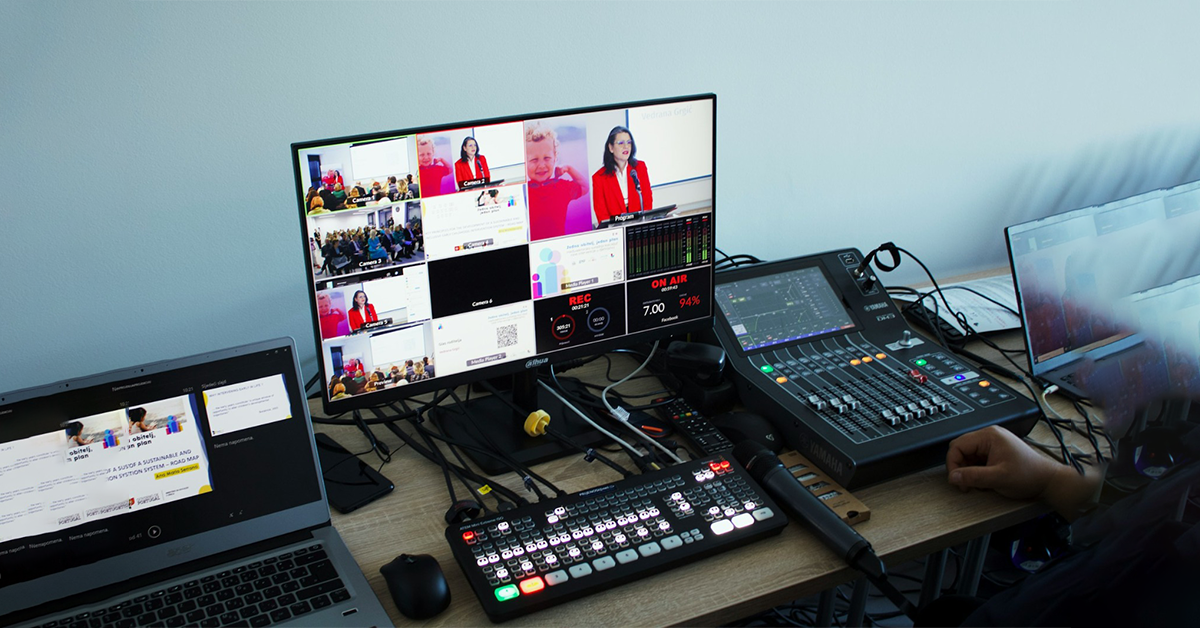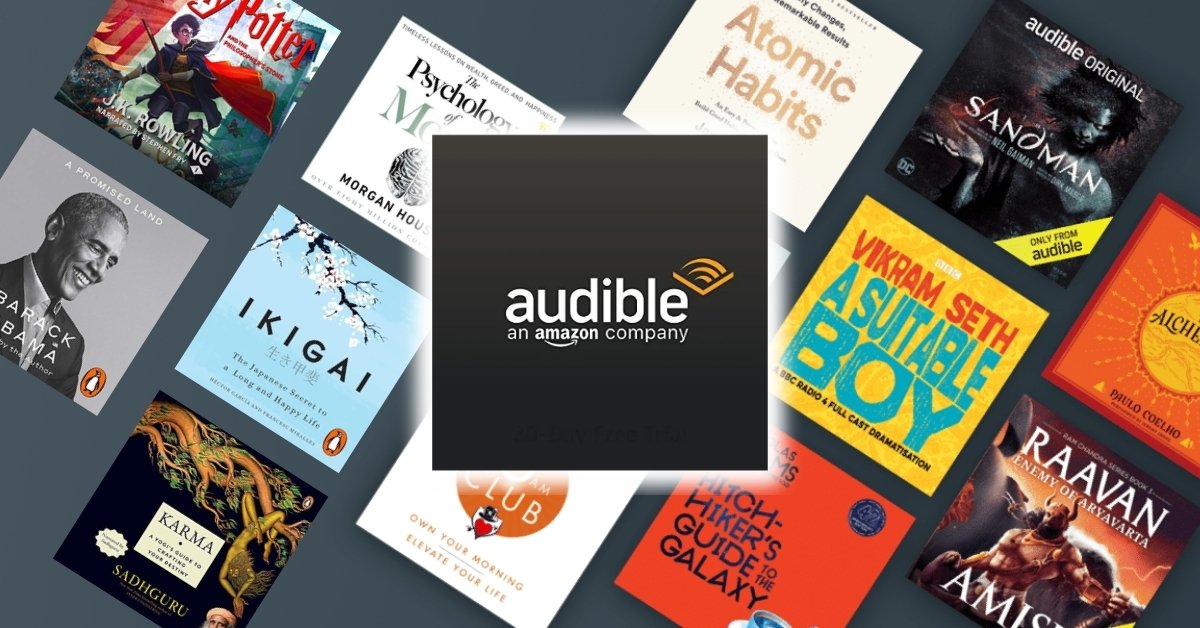Imagine being an enthusiastic attendee, swaying to the rhythm of your favorite band, feeling the vibration of the bass in your bones, catching unforgettable performances, all from the comfort of your home. Enter the world of music festival live streaming services! This fast-emerging technology has revolutionized the way fans and music enthusiasts interact with, and enjoy global music festivals. No need to brave the crowds or pay extortionate ticket prices. Now, you can indulge in these euphoria-inducing live experiences, subtly blurring the lines between reality and the digital sphere. This digital shift is not only changing the way you attend music festivals but also how artists reach their global fan bases. “Unleashing the Power of Music Festival Live Streaming Services” is about exploring these digital frontiers that bring the greatest global music festivals at a single click’s distance to you. So, pull out your virtual lighters and let’s go on a pulsating journey into the universe of music festival live streaming services.

Understanding the Concept of Live Streaming
Live streaming refers to the process of transmitting video and audio content over the internet in real-time. Unlike traditional forms of broadcasting, live streaming does not require storage or download of the content before it can be displayed. The content is streamed directly to the viewing platform as it happens, creating an environment of immediacy and interactivity that is attractive to today’s digital-savvy audiences.
Definition of live streaming
The act of live streaming refers to broadcasting in real-time over the internet. As you broadcast your video or audio content, viewers or listeners can consume it immediately, as if they were in the same location, allowing for an immersive and immediate experience. This gives the audience a real-time view of events as they unfold, making live streaming extremely popular and engaging.
The evolution of live streaming services
Live streaming technology increased in popularity at the beginning of the 21st century, most notably with the launch of platforms like YouTube. Live streaming capabilities have significantly evolved since then, transforming from a novelty for early adopters into an essential tool for content producers and consumers, including major global events like music festivals.
The Intervention of Live Streaming in Music Festivals
Today, live streaming is a major part of music festivals, dramatically changing how these events are experienced globally.
Conventional Music Festival versus Live Streaming
Traditionally, attending music festivals involved purchasing a ticket, traveling to the venue, and physically being present for the performances. Now, with live streaming, you can watch your favorite artists perform at these festivals from the comfort of your own home. Each of these experiences has its charms, but one cannot overlook the convenience and global reach live streaming provides.
Benefits of live streaming for music festival organizers
For festival organizers, live streaming presents a host of opportunities. It can significantly expand reach, attracting viewers from all corners of the globe. This can lead to larger audiences, higher engagement rates, and increased opportunities for monetization. Additionally, live streams can serve as a marketing tool and help to build anticipation for future events.
Popular Platforms for Music Festival Live Streaming
For live streaming music festivals, certain social platforms have made a name for themselves by providing the necessary tools and audience base.
YouTube
YouTube has become one of the prime platforms for music festival live streaming. It offers high-quality stream capabilities and a large potential audience, making it a go-to choice for many festivals.
Twitch
Primarily known for its gaming streams, Twitch has expanded to music festival live streaming. It is highly interactive, making it a great platform for viewers seeking engagement.
Facebook Live
Facebook Live is another popular platform used to live stream music festivals. Given the ubiquity of Facebook globally, it provides an extensive reach.
Instagram Live
Used primarily by individual artists, Instagram Live provides an excellent platform for behind-the-scenes content and intimate performances.

Looking for seamless live streaming? Get in touch with us for the ultimate streaming services.
The Technical Aspect of Live Streaming Music Festivals
With the basics covered, let’s delve into the technical aspect of live-streaming a music festival.
Key equipment needed for live streaming
To live stream a music festival, you need specific equipment that can capture and transmit high-quality video and audio signals. This includes professional-grade video cameras, microphones, audio mixing boards, and encoding software.
Setting up the live stream
Setting up a live stream involves connecting your video and audio sources to an encoder, which then sends the stream to your chosen platform.
Managing audio and visual quality
Sound and image quality significantly influences the viewer’s experience. It’s important to manage the balance of audio inputs and ensure that visual elements are clear and well-lit.
Monetization Strategies in Music Festival Live Streaming
Monetizing music festival live streams can be done in several ways, significantly boosting the profitability of the event.
Subscription models
Here, viewers pay a regular subscription fee for access to the live streams, similar to traditional media subscriptions.
Pay-Per-View models
For certain high-profile festivals or performance, organizers may opt for pay-per-view models where viewers are charged for access to a particular live stream.
Ad-supported models
In this model, advertising is included in the live stream, either through pre-roll ads, mid-stream breaks, or banner ads overlaid on the stream.
Expansion of Reach through Live Streaming
Music festival live streaming services are powerful tools to expand the global reach of these events.
Accessibility to a global audience
Live streaming services eradicate geographical boundaries by providing people from around the world access to live performances at music festivals.
Increased interaction and engagement
Many live streaming platforms offer interactive features, like live commenting and reactions, which can increase viewer engagement.
Potential for viral moments
The real-time nature of live streams can create opportunities for unforgettable moments to become viral, boosting the festival’s popularity.
Impact of Live Streaming on Music Festival Attendance
While some might think that live streaming could reduce physical attendance at music festivals, studies have found the contrary.
Enhancing the festival experience
Instead of detracting from the live experience, streaming can enhance it, providing coverage of multiple stages at a time and allowing attendees to catch performances they might have missed.
Impact on ticket sales
Surprisingly, live streaming can increase ticket sales. Viewers often feel more compelled to attend in person after seeing the live stream.
Contribution to fan loyalty
Live streaming allows fans to connect with artists in real-time, which can foster loyalty and increase future concert attendance.
Challenges in Music Festival Live Streaming
Despite the vast benefits, live streaming music festivals comes with certain challenges.
Copyright issues
Organizers may face copyright challenges, as music is generally subject to protections and rights payments.
Technical glitches
The risk of technical difficulties, such as a slow internet connection, can interrupt or degrade the quality of the live stream.
Bandwidth requirements
High-quality live streams require a substantial amount of bandwidth, which can be hard to come by in crowded festival settings.
Future Trends in Music Festival Live Streaming
As live streaming technology continues to evolve, exciting new trends are on the horizon.
Integration of VR and AR
Virtual and Augmented Reality technologies are starting to be integrated into music festival live streams, providing a more immersive viewing experience.
Rise of exclusive live stream concerts
Some artists are now hosting concerts explicitly designed for live streaming, catering to global fans who can’t physically attend.
Interactive features
As technology improves, interactive features, such as virtual applause or song requests, are likely to become more widespread, increasing viewer engagement even further.
Case Studies of Successful Music Festival Live Streams
Success stories from festivals such as Coachella and Lollapalooza highlight how powerful music festival live streaming can be.
Coachella on YouTube
By offering multiple live stream channels, Coachella has successfully expanded its reach to millions of viewers worldwide. Its mix of live performances, artist interviews, and behind-the-scenes content has made it a leader in music festival live streaming.
Lollapalooza on Twitch
Twitch has broadcast Lollapalooza to a new demographic of music fans, demonstrating how cross-industry live streaming can successfully expand viewership.
Glastonbury on BBC iPlayer
Glastonbury’s partnership with the BBC has shown how traditional media can successfully adopt live streaming technology to reach a broader audience.
Music festival live streaming services have truly revolutionized the music industry, providing a platform for global reach, increased revenue, and more interactive fan experiences. Despite the challenges, the future of music festival live streaming looks bright, pointing towards greater interactivity, wider reach, and more innovative experiences for music fans around the world.
Don’t settle for less—experience top-notch live streaming with Virtual Studio.


